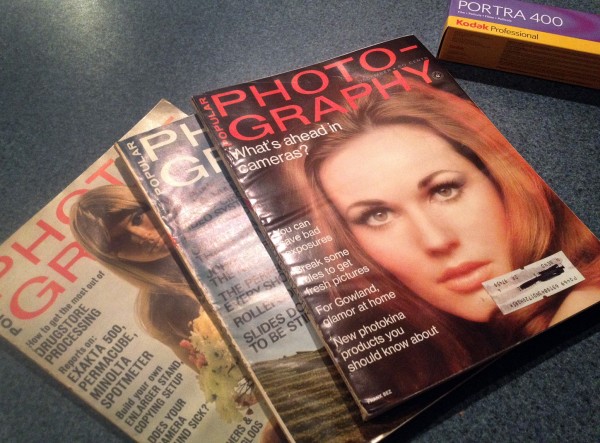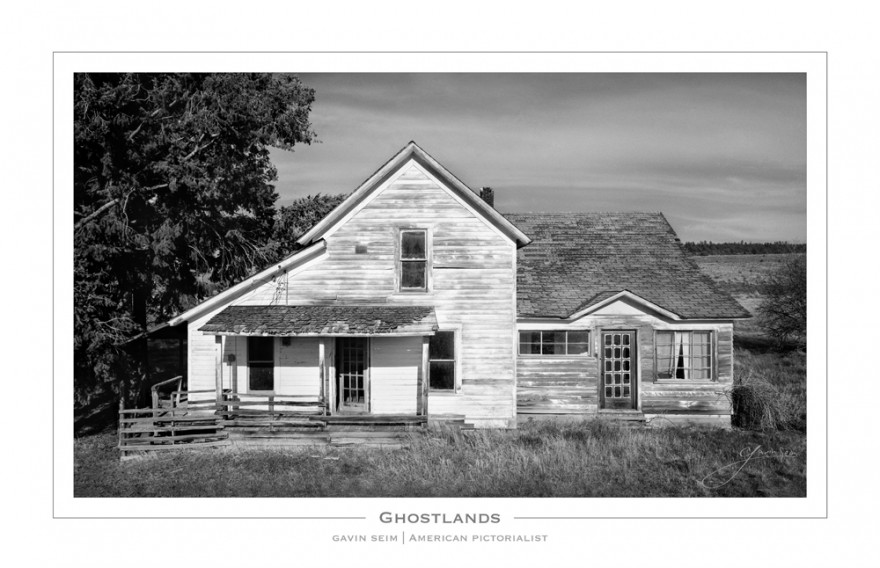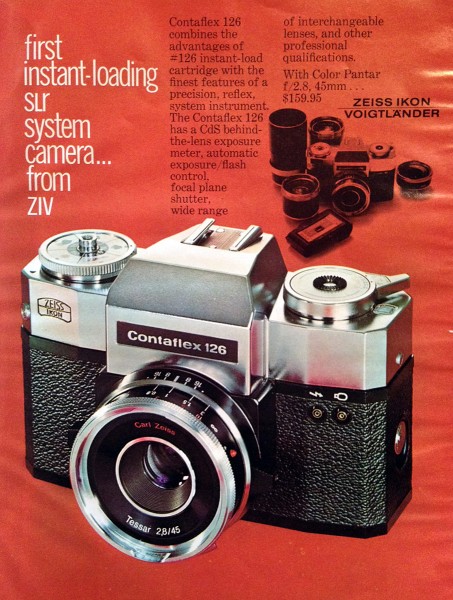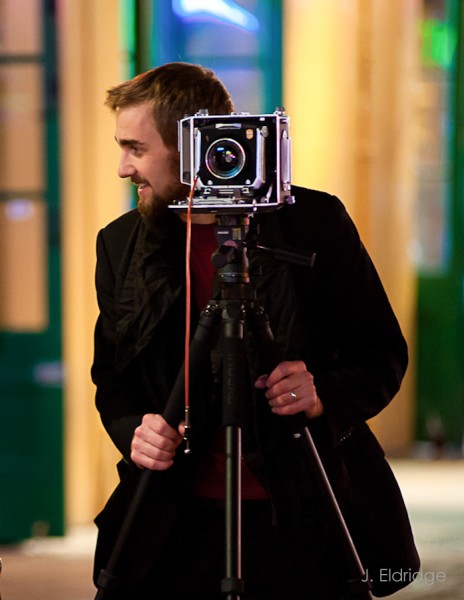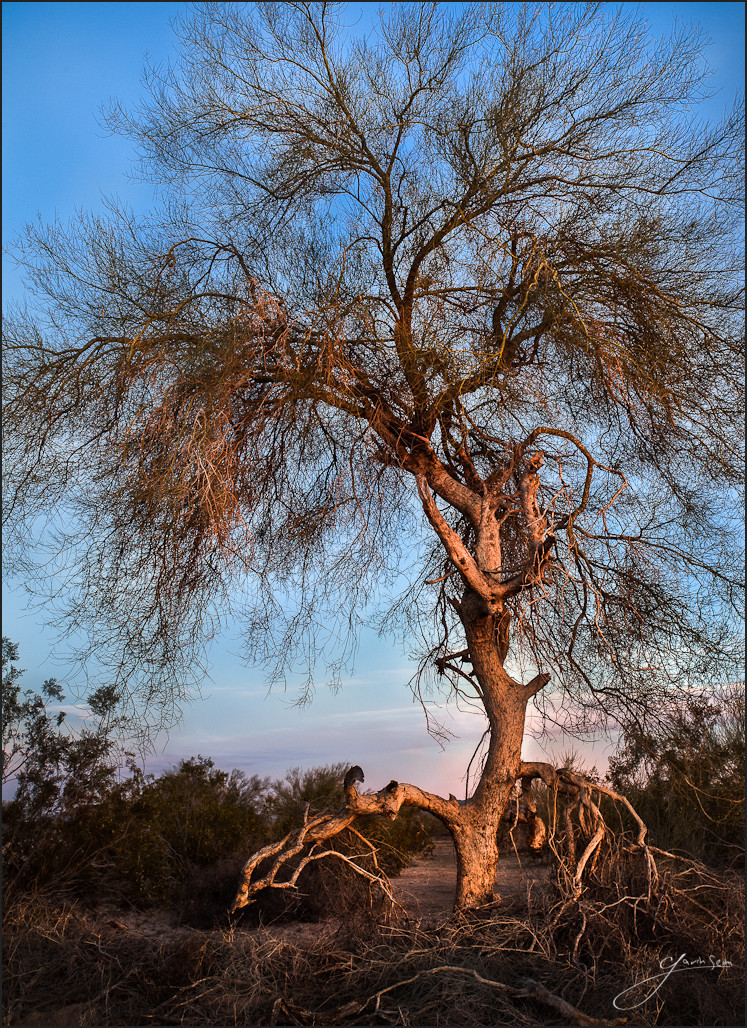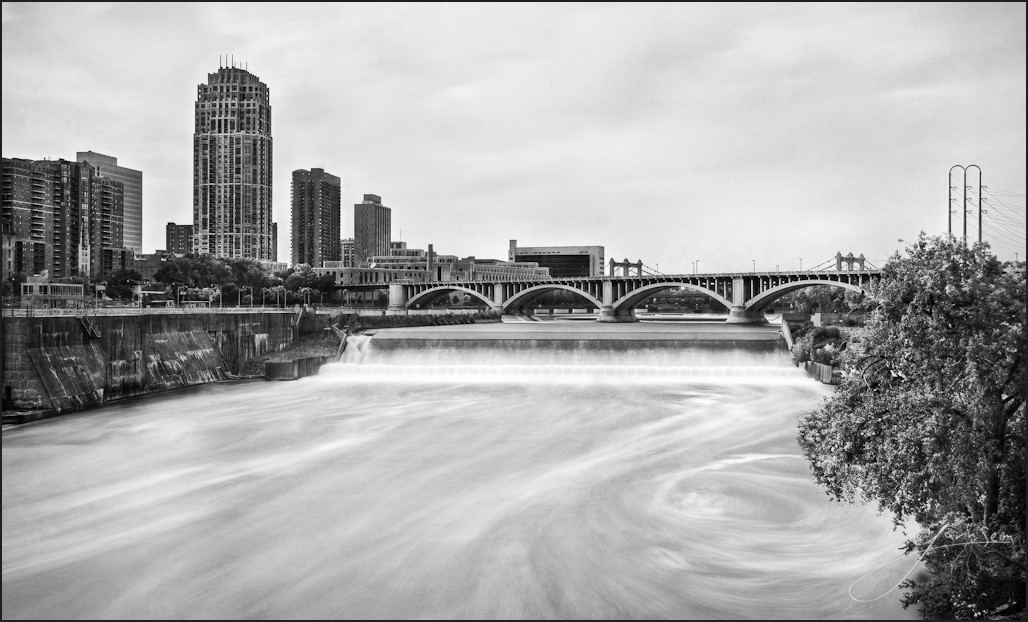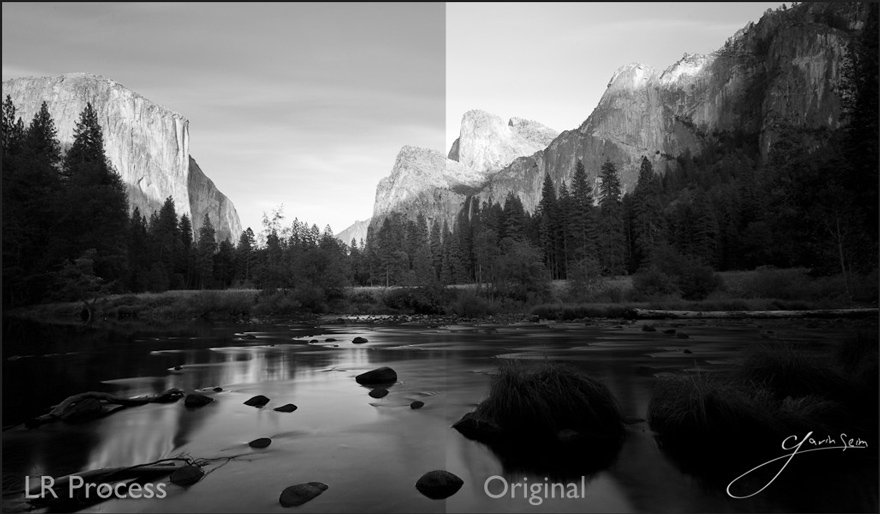by Seim: When I was starting our over a decade ago out I struggled with how the best images makers made such pristine sharp work. I set myself to the task; HOW ARE THEY SO SHARP and along the way I discovered the foundations of what makes a crisp beautiful image. I want to share some of that today.
There’s not one magic formula, but there are important rules that all have to work together. This is not about how much digital sharpening you use. Whether you’re Ansel Adams or Joe Digital Smith, razor sharp images are not an accident. Clear images are married to the artistic vision itself, starting in camera, not in post.
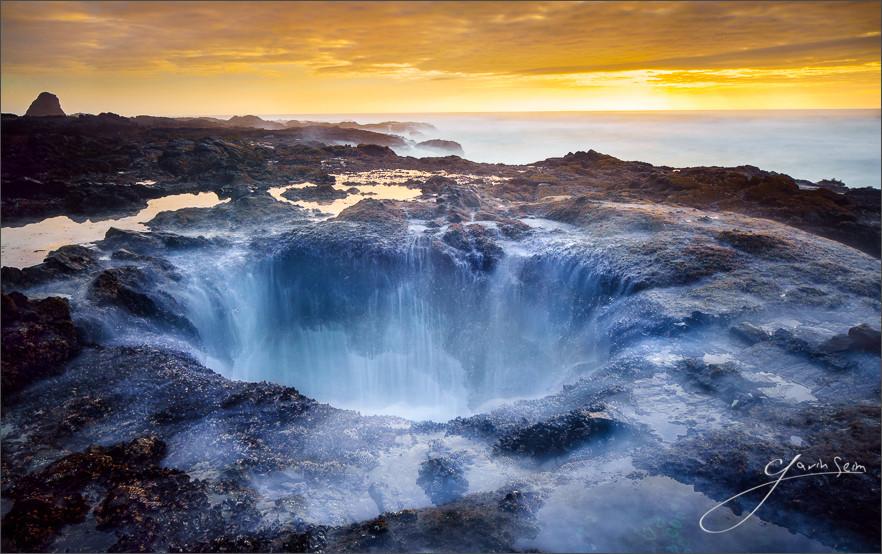
-
#5 The Depths.
Depth of field not looked at deep enough. The wider the aperture (smaller number) the more light you get and the more fallout on focus you get. That background blur can be stunning, but let’s say you focus on a person 5 feet away who is slowly moving towards you, those eyes will be soft in the time it takes you to press the shutter. Those wide open apertures are fickle things.
We can raise that aperture setting higher (smaller opening and more depth of field) 5.6, 8.0, etc. That will help give more focus depth, but will also require a slower shutter speed which could introduce motion blur. Even if you are stable, too high an aperture number (smaller opening) can bring you loss of detail on the far end because of the limits of your lens. Don’t assume that because you’re doing a landscape you should use the smallest aperture available. I close the aperture down only to get the depth I need.
When you can, use a tripod help keep that camera still. For static shots it’s about finding the balance. Not too small, not too wide. I use the depth of field preview and I use the concepts of hyperfocal focusing to get the near and far in focus at a balances aperture that won’t lose detail on my current lens. There’s formulas for this but I find it’s as much art as science. For portraits try setting the focus point right on their eye to get your focus dead on. Practice makes perfect. Without focus and good depth of field control you’ll never be razor sharp.
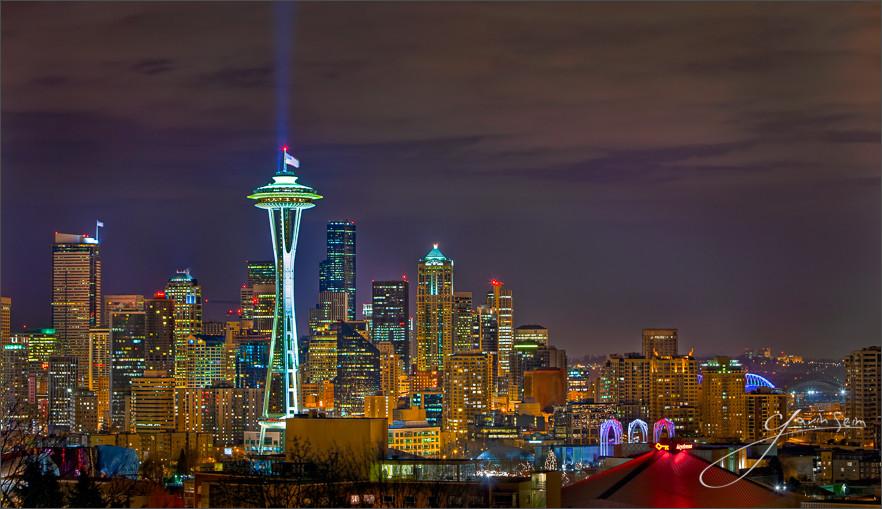
-
#4. Speed of Light:
Another factor is light and shutter speed. The common rule of thumb is that your shutter speed is less than the focal length of your lens, then it’s too slow. So a 100mm lens needs 1/100 sec or faster. Faster is good, and slower is possible. You have to know your camera, and get a feel for what you can do. I’ve gotten clear images of moving race cars at 100mm and 1/30 sec by panning with the movement. But most of my work is on a tripod regardless of shutter speed. Just know that even micro motion effects detail at a deep level.
If you want tack sharp you generally want faster shutter speeds, unless you’re solid on a tripod. Even then make sure you don’t have camera or wind shake. I use a solid tripod with a timer and or cable release when using very slow speeds to eliminate any shake. Watch that shutter speed. if you must shoot handheld, press the camera firm against your cheek. Amazing results can come from creative shutters speeds, but get comfortable with norms so you can always get the shot. We talk about the deep aspects if light in my EXposed workshop series so check that out it you crave a deeper understanding of exposure.
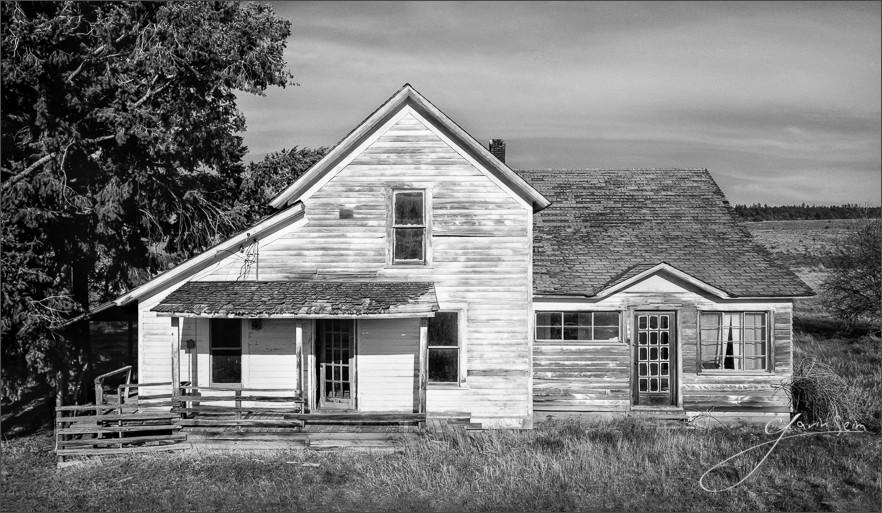
-
#3. Sensor Settings.
We speak of aperture and shutter speed, but pristine images vary from every image and every camera. Higher ISO’s will give you more light sensativity but will result in more noise and artifacts which will cost you detail. I like to shoot at my camera’s native ISO when I can. Usually that means 100-400, but it varies by camera. Nearly every choice is a trade off off and we need to understand the Six Keys of Image Quality to bring all of that together; read those if you have not yet done so.
Mechanical settings like shutters speed are key, but consider the settings in your camera. Is stabilization on or off? how does you camera handle IS when on a tripod? Usually IS should be turned off when mounted, but there can be exceptions like in panning. Some in-body IS can help stabilize even on a tripod if you have a long exposure and are fighting wind. Try things and learn you own gear. Cameras don’t make images, people do.
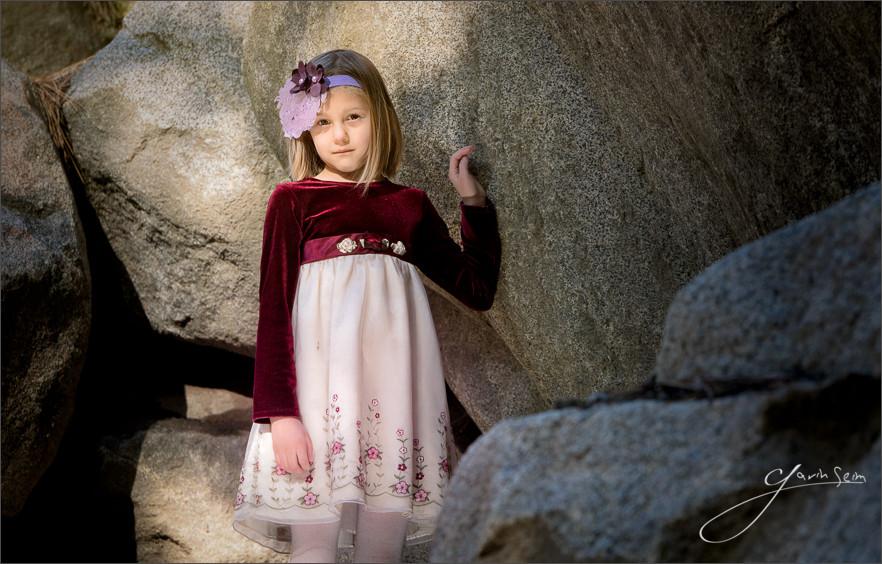
-
#2. The Cameras Eye:
There is truth to the saying “You get what you pay for” That 18-55 lens that came in your kit might get you some great shots, but when it comes to lenses you usually lose image quality by saving $. This is especially true at longer focal lengths. I’m not saying you should automatically buy the most expensive lens. Read reviews and see what others are saying before you buy. You may find a great value. Just remember that it’s not really the body, it’s the eye in front of it.
Early in my career I discovered the true value of great glass. People kept telling me “it’s was all in the glass” and I don’t think I really believed it until I tested for myself. I had a Tokina 24-200 zoom lens that I really liked. It served me well, and I got some great photos from it. But I kept thinking… “Why aren’t my images RAZOR SHARP?” I finally broke down and spent some real money on serious lenses. Below are the results from the sample shots I took with each lens.
A top of the line lens is worth every penny if you want the best image you can get. For many lenses sound as exciting as that new camera body, but it will give you much more. In the end it’s always more about experience than gear, but great lenses just may be your key to getting that tack sharp image your looking for. Get good glass even if you only have one great lens.
-
#1. Post Production!
Last but not least is the post production work. Sharp images happen in camera, but the RAW file is like a negative and the final touch is in post. Sharpening can really transform the image. When you see a shot that makes you say. “WOW THAT’S SO CLEAR”, balanced sharpening had a hand in it.
The thing to remember is that sharpening is not an excuse to be lazy. While it might make a poor picture acceptable, it will never make it great. A great image starts out great, and is made better by post. Try taking your photo into Photoshop or Lightroom just start playing with the sharpen tools. You can play with “high pass” as well along with blending modes. My Alchemist action set also has some sharpening tools that do just that. Too much sharpening will ruin an image. You have to get sharp in camera, then finish with detail work, sharpening, grain etc to get that pristine organic feel you crave.
That’s all there is to it. You control each element, but as always it’s easier said than done. When in the field ask yourself questions about the image you are making before you press the shutter. Think about what your settings are, what you are seeing in your minds eye and see the finished image before you press the shutter. This final tactic will raise your standard in quality and detail so that when to get to post, you have the very best to work with.
Good luck and keep it sharp. — Gavin Seim



